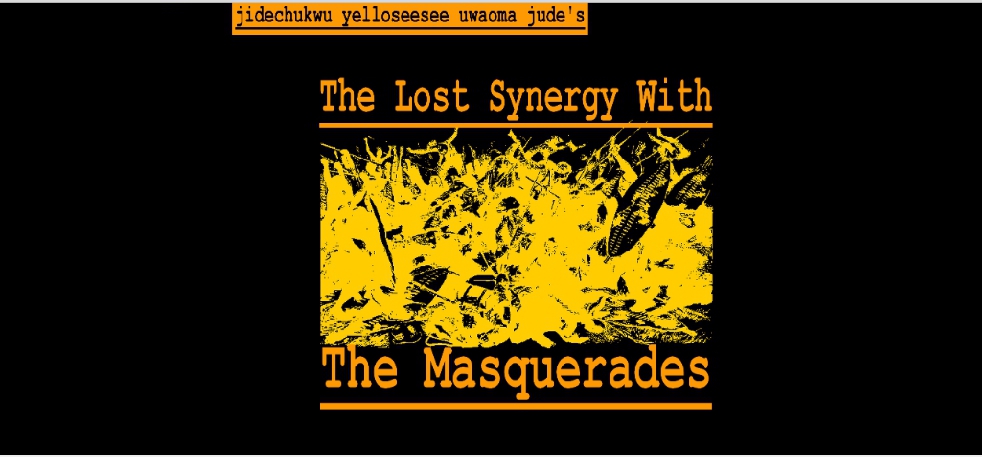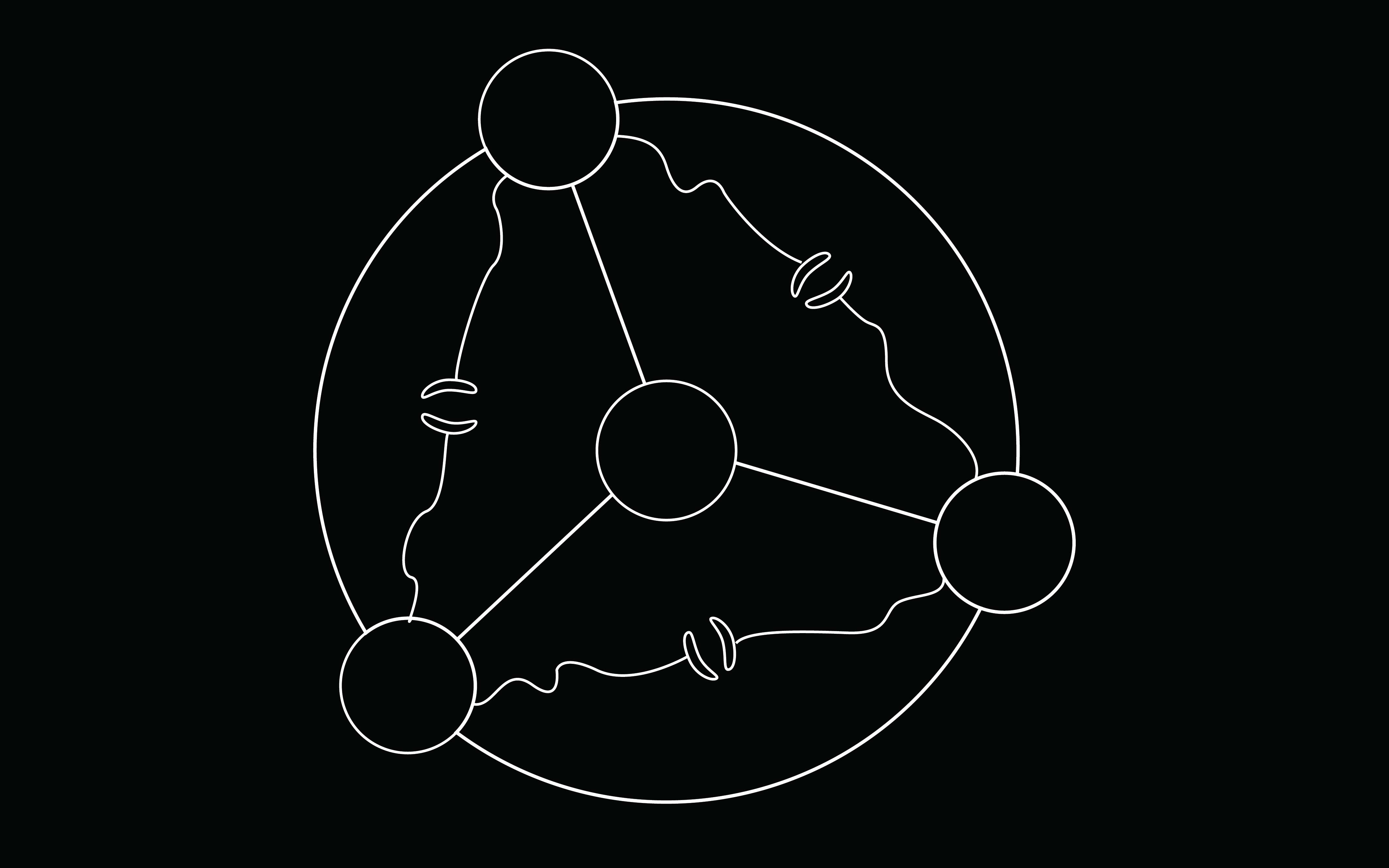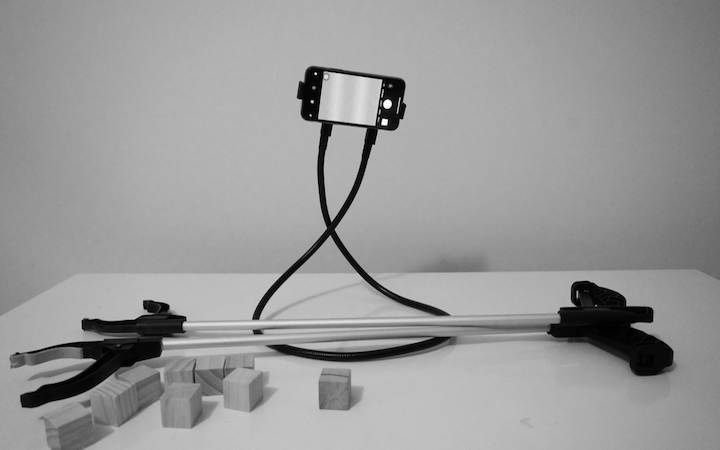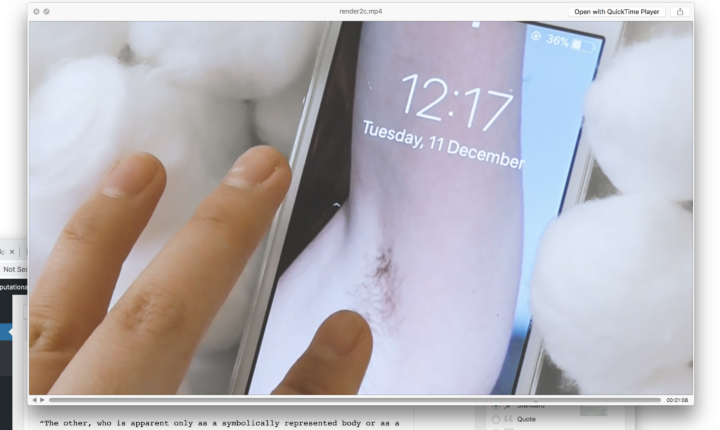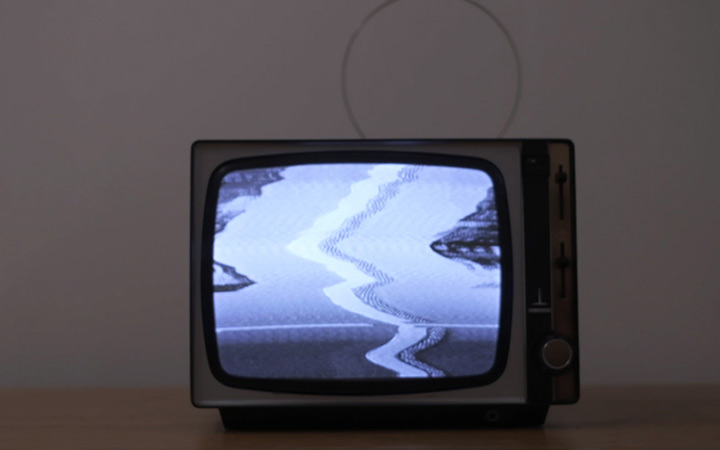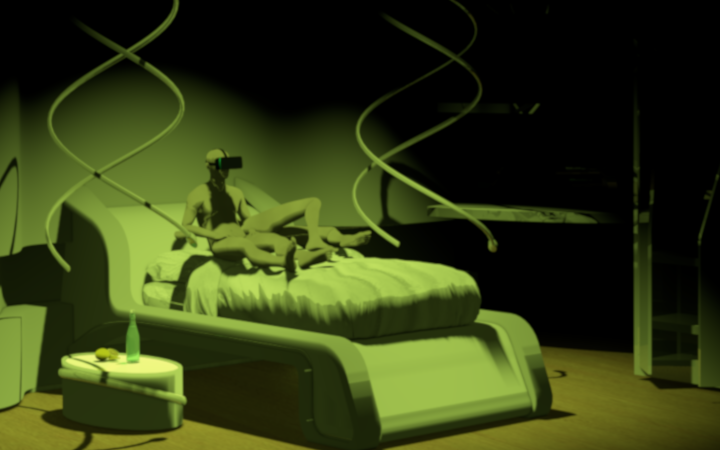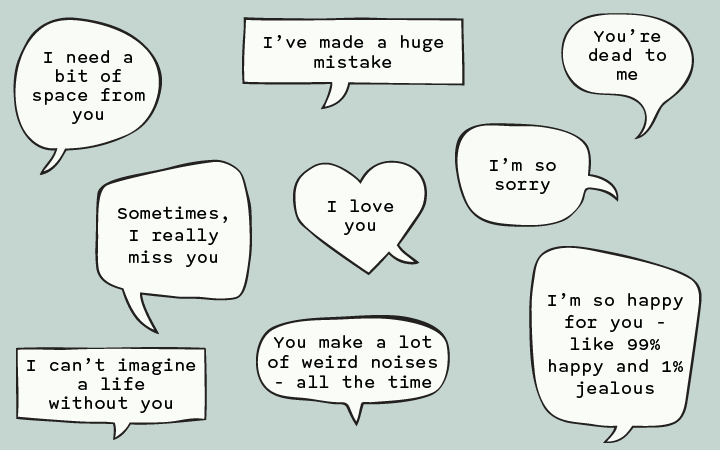Π
“Π is an object created in defense of the absurd and the useless.
You are invited to engage and interact with it. Apart from allowing you to examine its physical structure, Π goes a step further and welcomes you to simply experience its presence. It is an object designed to ‘be-with’ and to hold your attention both practically and subconsciously.
Π reveals itself at the same time as hiding its own details. You might find yourself being with Π often in unexpected situations for example during procrastination and other seemingly futile activities.
Π goes a step further and welcomes you to simply experience its presence.”
---
Π is an exploration into human interaction with the absurd and the unfamiliar through critical design and theoretical research. This project was centered around our interaction and engagement with an essentially useless object, and how this object in turn figures the human. Historically Human-Computer Interaction (HCI) has been focused on usability and we wanted to draw attention on the overall experience of such interactions. As a result, this device was designed to “be with” and hold your attention versus being merely used for a purpose.
To understand the unfamiliar, we first studied the familiar. Marshall McLuhan (2003) mentions “The role of the artist is to create an Anti-environment as a means of perception and adjustment. Without an Anti-environment, all environments are invisible.” It is this ‘anti-environment’ we wished to create. German philosopher Martin Heidegger (1977) also describes familiarity as one of the most essential ways for us to make sense of the world and our existence. We applied this research into thinking about how we learn to use technology, and this led us on to other theoretical topics such as figuration, embodied cognition and coexistence.
From this point onwards we started to define various aspects of this artefact in relation to the unfamiliar. Referring to Jean Baudrillard’s essay “The system of Objects” and to Donald Norman’s design theories about affordances, we agreed on a combination of signs and functionalities that would characterise Π and would make it useless, intriguing and playful. By doing so we wanted to capture the user’s attention by presenting them with a mysterious and unsolvable object. We were influenced by Minsky’s iconic useless box made in 1950s whose entire purpose was to turn itself off. There was something truly intriguing and futile about this box hence we decided that our artefact will be a cube which represents technology (“black box”), modernity and has a sleek appearance. We played with the idea of hiding details but also revealing some by using a transparent top. Our object was a combination of shapes and holes which invited sensorial interaction, designed to be purposely vain.
We then designed user experience questionnaires and received interesting feedback, people described it as being enjoyable, inventive, exciting, inefficient and impractical. One significant result we saw was that often it made people reflect and question their own ideas of intelligence. Such useless objects would never be created unless out of personal motivation. This research can provide further insight into user-experience with pre-existing technology and how we can design future technologies with a broader view on intelligence and usability.
Website where you can rent Π : https://uselessandabsurd.wixsite.com/object
---
References:
Baudrillard, J. (1996) The System of Objects. London, New York : Verso.
Gaver, W. (1991) Technology Affordances; Cambridge: Rank Xerox.
Heidegger, M. (1977) “The Question Concerning Technology” in Scharff, RC. & Dusek, V. (eds) 2013. Philosophy of Technology : The Technological Condition - An Anthology. John Wiley & Sons, Incorporated, Hoboken. pp. 305 – 315. Available from: ProQuest Ebook Central. [Accessed: 10 Dec 2018].
McLuhan, M. and Carson, D. (2003) The Book of Probes; Berkeley, CA, USA : Ginko Press.
Norman, D. (1988). The Design of Everyday Things. New York: Basic Books.
Shapiro, L. (2001) Embodied Cognition. New York : Routledge.
Suchman, Lucy. Human-machine reconfigurations: Plans and situated actions. Cambridge University Press, 2007. The Trial (1962) Directed by Orson Welles [DVD] StudioCanal Collection.
Turner, P. (2008) ‘Being-with: A study of familiarity’, Interacting with Computers. Vol. 20, No. 4-5, pp. 447-454.
A project by Irini Kalaitzidi, Ankita Anand and Raphael Theodale































































